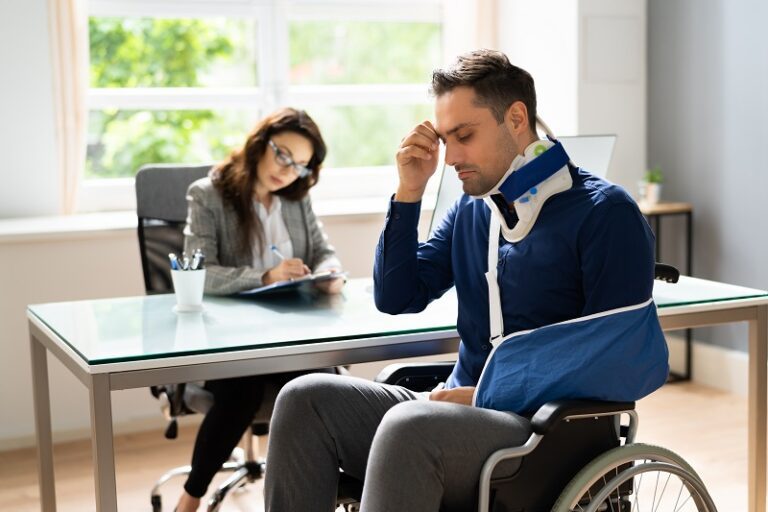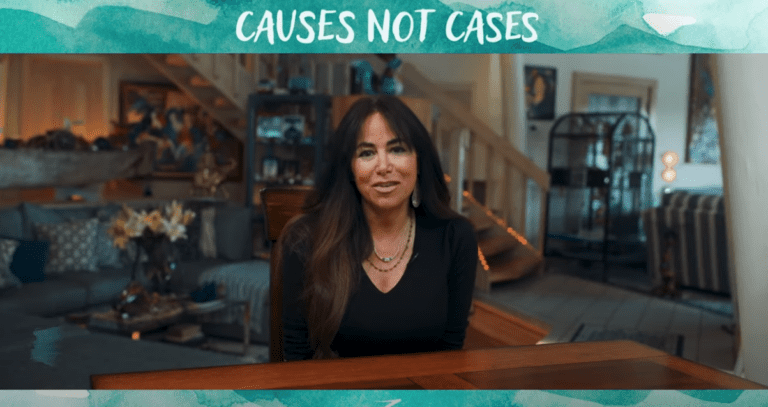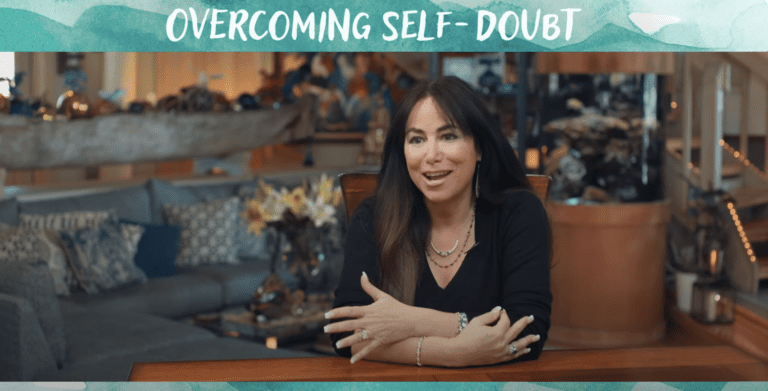Injured in an accident? Get a real trial lawyer. Get Gomez.
Most people know IKEA, the Swedish-based furniture retailer, for its extensive lines of relatively inexpensive furniture. IKEA stores are widespread throughout the country.
Unfortunately, though, IKEA furniture has sometimes proven injurious and even deadly, particularly to small children. Over the past 10 years, for example, IKEA dressers have tipped over and caused the deaths of six children, including a two-year-old boy in California. A falling Malm dresser killed the boy. Malm dressers, which come in several different sizes, are one of IKEA’s most popular products. The boy’s parents filed a wrongful death suit, which IKEA settled for $46 million.
The settlement is believed to be the largest child wrongful death settlement in United States history, according to USA Today. Over the last decade, the company has paid a total of $96 million in settlements for its tipping dressers, which are dangerous enough that Fast Company terms them “killer dressers.”
Clearly, parents and other loved ones need to know the dangers of IKEA products. We will discuss those dangers more below, but first, readers should understand why IKEA is responsible when its furniture malfunctions and causes injuries.
[lwptoc]
Companies Owe Their Consumers a Duty of Care to Manufacture and Sell Safe Products
The short answer is that all companies have a responsibility to manufacture and sell safe products. In fact, failing to do so opens a company up to product liability suits.
Companies owe a duty of care to their customers and to the general public to make and distribute safe products. A breach in this duty of care may constitute negligence. Product liability suits may stem from negligence, breach of warranty, strict liability, or multiple consumer protection regulations and laws. Negligent parties are liable for injuries caused by defective or dangerous products, which means those parties are financially responsible for injuries caused by these products.
Product liability law says that parties involved in manufacturing and distributing any product bear responsibility for injuries or damages stemming from that product. The parties involved include manufacturers, distributors, retailers, assemblers, components suppliers, testing laboratories, repair companies, and more.
Three kinds of product defects exist that may make manufacturers, suppliers, and other parties in the supply chain responsible for injuries resulting from their products. These defects are:
- Design defects (flaws in product design that render the product unreasonably dangerous)
- Manufacturing defects (when the manufacturer does not follow the design or specifications)
- Marketing defects (insufficient instructions, improper or inadequate product labels, or failure to warn about a product’s dangers, which may not be obvious to purchasing customers)
These product liability factors apply to all manufacturers. It appears as if IKEA’s dressers arguably contained both design and marketing defects.
The Dangers of Tipping Furniture
Dressers and other objects tipping over are a known danger that can cause injuries and even deaths in the home, particularly to young children. In fact, the U.S. Consumer Product Safety Commission (CPSC) estimates that children are killed roughly every two weeks by tipovers of televisions and larger furniture, dressers, and appliances.
Furthermore, furniture like dressers and tables cause 20 percent of the deaths, televisions and similar objects cause 70 percent, and tipping appliances cause approximately 4 percent. The deaths may stem from the children climbing on the objects, pulling on them, or simply by playing nearby and perhaps inadvertently striking them. Children have been suffocated, crushed, strangled, and trapped by falling furniture and appliances, and have also suffered cuts, broken bones, and other harm. Every day, on average, 71 children are injured by tipovers, according to the CPSC.
As USAToday notes, all dressers, unfortunately, have tipping potential, but IKEA’s seem particularly dangerous. Nine children have died in IKEA dresser tipping accidents since 1989. In fact, in 2016, IKEA recalled more than 17 million units, and pulled roughly 50 percent of its dressers off the market due to safety concerns. The Malm line, which killed the California child, was among the recalled products. IKEA itself indicated that the dressers did not meet industry safety standards.
What Are the Industry Safety Standards?
It’s important to understand that safety standards aren’t uniform for all products, and are also largely voluntary. IKEA, for example, continued to sell Malm, as well as another product that had caused fatal accidents, the Hemnes dresser, for a long time after the fatal accidents, without a redesign.
IKEA maintained that the products met the safety standard, the ASTM F2057-14 voluntary industry standard, according to Fast Company. That standard involves hanging a weight of 50 pounds from each dresser drawer higher than 30 inches while all other dresser drawers are closed. The dressers are not attached or anchored to the wall. ASTM International, an independent organization responsible for multiple safety standards, established ASTM F2057-14. ASTM International works with governments, companies, retailers, consumers, and universities in developing its standards.
Consumer Reports, however, believes that the 50-pound weight is not enough. Consumer Reports tested 24 dressers from 11 different companies and found that its independent test, using a 50-pound weight, caused many of them to tip. It did, however, find many that could withstand a 60-pound weight—evidence that safe design is possible.
The organization believes that the 60-pound weight should become a mandated standard, as many children are closer to 60 pounds than 50. The organization also maintains that dressers 30 inches and under in height should have safety standards developed, as none currently exist.
Injured in an accident? Get a real trial lawyer. Get Gomez.
What Happens When Products Are Unsafe?
Safety standards apply only to design and testing; so what happens when already-purchased products injure and kill consumers? First of all, if a product passed the safety standard testing phase and still injured or killed someone, then perhaps the safety standards should be strengthened. Second, following an accident, the CPSC will discuss the dangerous product(s) with the manufacturer. Most manufacturers agree to voluntary recalls. (If manufacturers refuse, the CPSC can bring a suit against them.)
They must develop a contract with the CPSC specifying how they will handle the recall. It often consists of replacing or fixing the products. In the event of a recall, manufacturers are responsible for getting in touch with purchasers and notifying them that the product is dangerous.
The case of IKEA dressers, however, exposes the limitations of recalls. The first problem was IKEA’s notification to purchasers. The company contacted 13 million customers via email and also extensively advertised the recall. According to Fast Company, neither the emails nor the advertising was guaranteed to reach the purchasers of the dangerous dressers.
The company apparently had no way of matching a purchaser of a Malm dresser, for example, with specific contact information. The registration cards consumers provide do not necessarily indicate what product they purchased, and not all consumers return the registration cards. (In any event, contact would depend on the contact information still being valid at the time of the recall.)
Only 1.3 million IKEA dressers were repaired thus far, according to Fast Company; far less than the outreach program contacted. In fact, it’s under 5 percent of the dressers the company recalled.
The second challenge is that the proposed remedy might not make the dressers safer. Consumers may physically return the dressers to IKEA for a repair (which IKEA pays for), return them to IKEA for a refund, or receive a kit containing materials needed to attach the dressers to the wall. Many observers feel the latter is not safe, as it leaves the attachment up to the consumer, who may fail to perform the work required or may not do it correctly.
Thus, unfortunately, the recall process does not fully protect consumers. Other IKEA products have also proved defective over the years. In the last decade, IKEA has recalled beds, crib mattresses, high chairs, bedroom lights, a children’s swing, a children’s tent, and a cape costume, just to name a few.
Consumers should understand, too, that IKEA is not the only retailer to design and sell dangerous dressers (and other products). Major retailers like Amazon, Wal-Mart, and Target have all recalled dressers and other home and business furniture in the past decade. The question for consumers remains the same: how can they stay safe?
What Should I Do If an IKEA Product Injures Me or a Loved One?
Consumers also face other questions: What should they do if an IKEA product causes them or their loved ones to suffer an injury? Or a product sold or manufactured by any other company?
- First, do not throw away the product. Remove it from any place where it would cause further harm, of course, but keep it and any packaging, instructions, and so on. Keep the product in a safe place where other people won’t touch it. Keep all the information that identifies the specific product, as well, including the manufacturer name, model number and name, place and date of purchase, and the serial number. If there were eyewitnesses to the event that caused injury or other harm, get contact information, such as name, address, and telephone number. If any surveillance footage or recordings of the event exist, such as from a baby monitor, camera, or baby cam, keep that footage.
- Second, make an appointment to discuss the issue with an experienced product liability lawyer. Product liability is a category of personal injury law. Personal injury lawyers routinely offer injured parties free consultations about their cases. Take the time to write down notes on what product is involved, where and when you purchased it, and what happened. Take records of the purchase if you have it. Keep records of your injuries, of medical providers that you’ve consulted, and of medical care that you’ve received.
All of this material will help your attorney determine your eligibility to file a claim. If you are eligible, you and the attorney will discuss whether you want to bring a case. Most personal injury attorneys take cases on contingency, meaning that their payments come out of final settlements or jury verdicts. You pay nothing unless your case is successful.
Consumers should also understand that product liability generally follows the doctrine of strict liability. The degree of care taken by the defendant is not an issue. If a product defect caused injury or death, the responsible party will be strictly liable.
Injured in an accident? Get a real trial lawyer. Get Gomez.
What Damages Should I Seek in My Claim?
In general, people injured by a defective product can seek several types of compensation for their losses, as follows.
Economic Losses
- Medical expenses already incurred and expected in the future, including doctor’s visits, hospitalization, surgery, prescription medication, emergency care, rehabilitative therapy, and more.
- Cost of disability if the injuries necessitate changes in lifestyle, such as retrofitting a home to accommodate disability or injury.
- Wages or profits lost if the injuries required missing time from work.
- Property loss or repair for damage or loss to property.
Non-Economic Losses
Victims injured in product liability cases are also allowed to seek damages for non-economic losses, which are more subjective and harder to quantify than economic losses.
Primarily, we’re talking about the pain and suffering that injuries cause—physical and mental anguish and loss of enjoyment of life if the victim cannot pursue activities that he or she previously enjoyed.
If you have questions or need advice, contact an experienced product liability attorney today. Retaining an attorney will allow you to focus on your recovery while your attorney handles the legal complexities of your case, including the investigation, negotiation with insurance companies, reviewing settlement offers, and representing you in court, if necessary.







